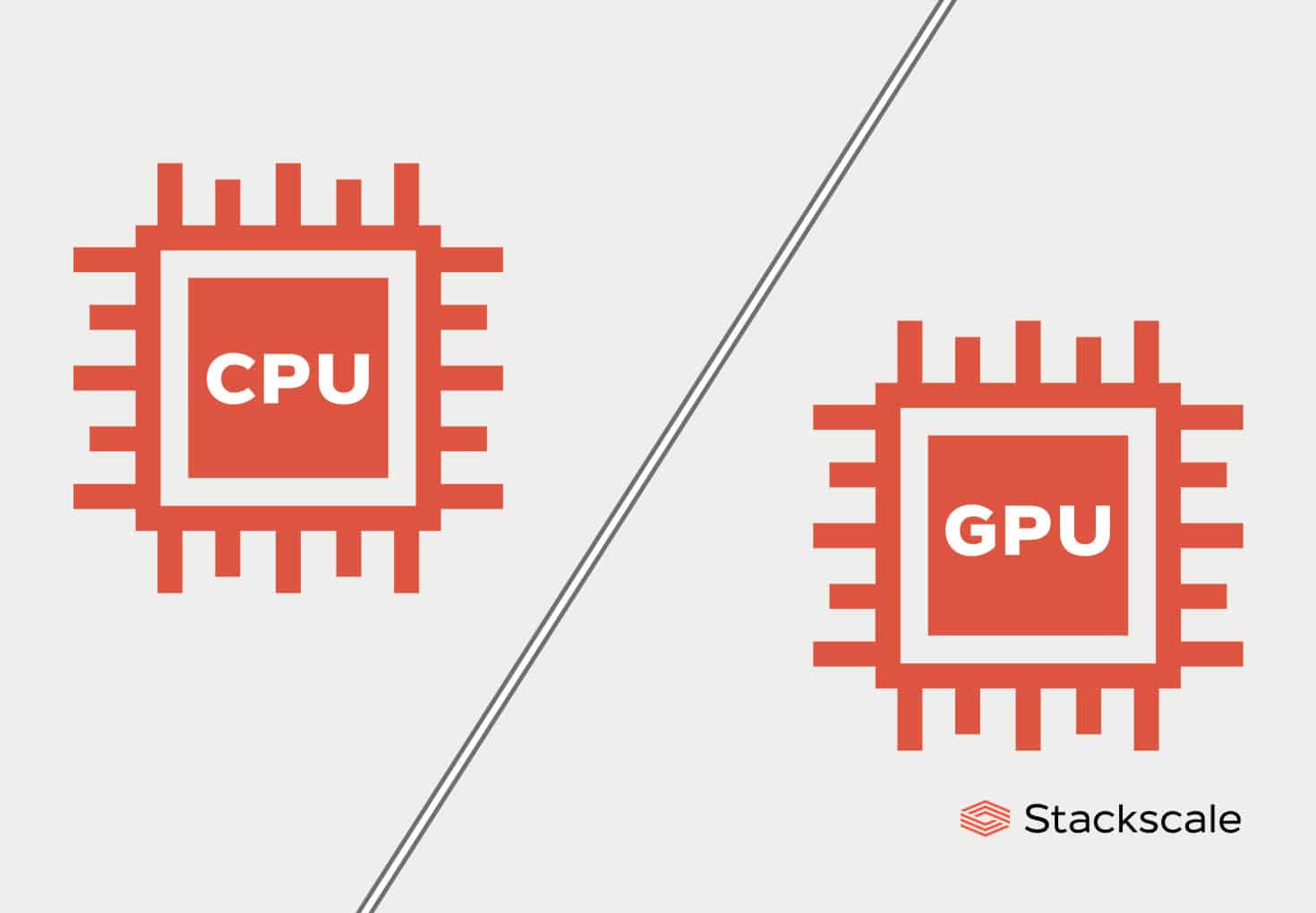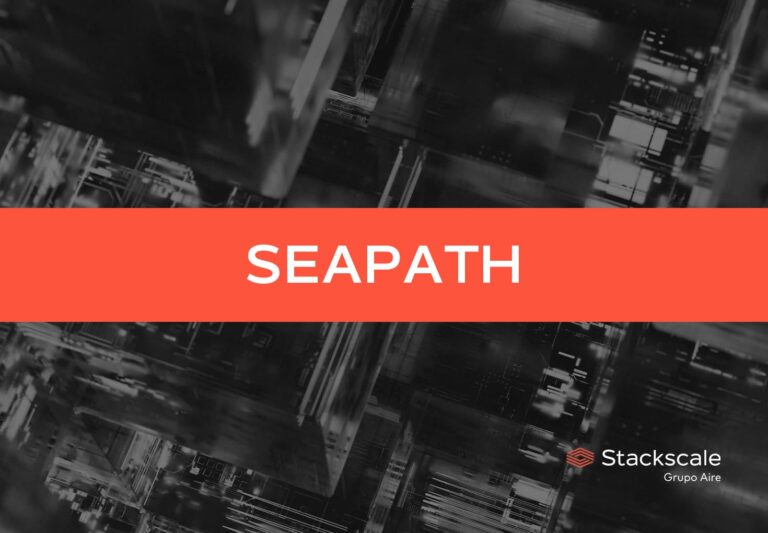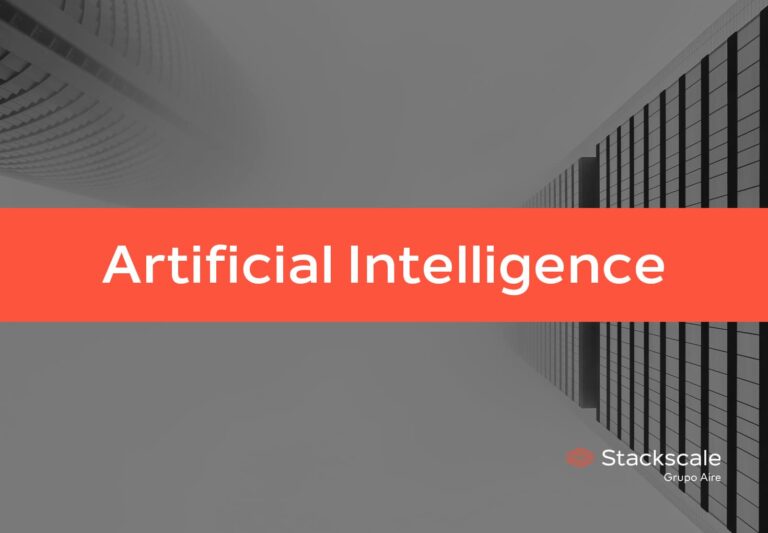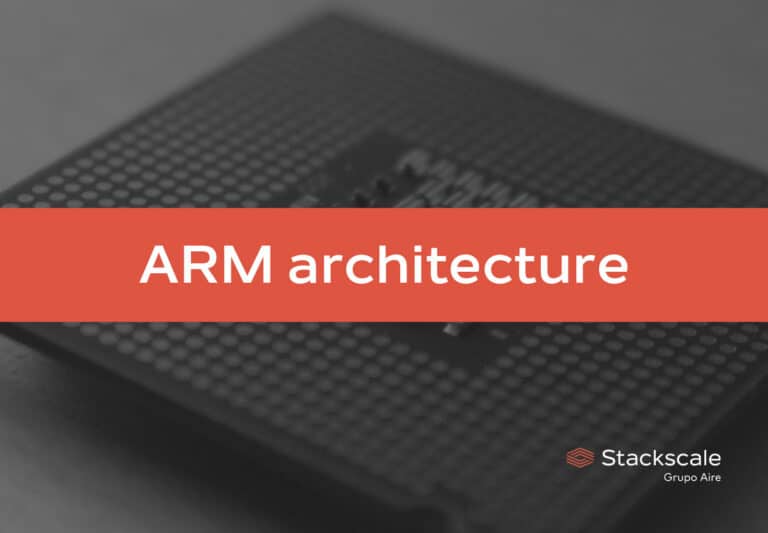In the world of computing, central processing units (CPUs) have long been the cornerstone of computational power, driving everything from personal computers and dedicated servers to public and private clouds and a wide range of electronic devices. However, with the rapid growth of artificial intelligence (AI) and the increasing complexity of web hosting platforms, bare-metal servers, and clouds, graphics processing units (GPUs) have emerged as a clear competitor in many areas, challenging the traditional dominance of CPUs. This article examines the comparative roles of GPUs and CPUs in the context of AI and web hosting, exploring their respective strengths, weaknesses, and the scenarios in which each excels.
Architectural and functional differences: CPUs vs. GPUs
To understand why CPUs and GPUs are suited for different tasks, it is essential to grasp their fundamental architectural differences.
CPUs: Versatility and Performance in Diverse Tasks
CPUs are designed as general-purpose processors capable of performing a wide variety of tasks efficiently. Due to their complex control logic and large caches, CPUs excel in tasks requiring high single-thread performance. A typical CPU features between 4 and 64 cores, each capable of executing multiple instructions per cycle. This makes them ideal for processes requiring high precision and a range of operations.
GPUs: The Power of Parallel Processing
Originally designed for rendering graphics, GPUs contain thousands of smaller, simpler cores designed for parallel processing. This architecture allows GPUs to handle multiple tasks simultaneously, making them extremely efficient for operations that can be performed in parallel. While a CPU may excel in sequential tasks, a GPU’s architecture shines in scenarios requiring massive parallelism.
Applications in AI: The rise of GPUs
Artificial intelligence, especially deep learning, has revolutionized numerous industries. Training neural networks, which involves performing millions of matrix multiplications, is a task well-suited to GPUs’ parallel architecture. For example, NVIDIA’s Tesla and AMD’s Radeon Instinct series are designed for AI and deep learning tasks, providing massive computational power that significantly speeds up training processes compared to CPUs.
Inference and Balance: CPUs and GPUs in Action
In the inference phase, where predictions are made using a trained model, both CPUs and GPUs can be effective depending on the specific requirements. CPUs may be more advantageous for real-time inference due to their superior single-thread performance and lower latency, while GPUs still hold a significant edge for batch-processing inference tasks.
Web hosting platforms, servers, and cloud: The domain of CPUs
Web hosting platforms, servers, and clouds, which form the backbone of the internet, have traditionally relied on CPUs due to their ability to perform a wide range of tasks simultaneously. Web servers handle various tasks, such as processing HTTP requests, running application logic, and interacting with databases, all of which can benefit from the superior single-thread performance of CPUs.
Virtualization and Containerization: The CPU Advantage
Modern virtualization and containerization technologies, key in web hosting, create isolated environments for running applications, allowing for better resource utilization and scalability. CPUs, with their robust support for virtualization and advanced instruction sets, are well-suited for these tasks, ensuring efficient management of virtual machines and containers.
The future: Synergy between CPUs and GPUs
While CPUs and GPUs each have distinct advantages, the most powerful systems often combine both strengths. In AI and ML infrastructures, CPUs and GPUs work together to optimize performance. CPUs orchestrate tasks, preprocess data, and feed GPUs for heavy parallel computations. Once the GPUs process the data, the CPUs handle the final stages of analysis and decision-making.
Hybrid Solutions and Emerging Trends
In the cloud computing landscape, hybrid solutions that combine the power of CPUs and GPUs are gaining popularity. Cloud service providers like AWS, Google Cloud, and Microsoft Azure offer instances that combine GPUs’ computational power with CPUs’ versatility, ideal for applications requiring intensive computation and general-purpose processing. However, shared GPUs can be costly, which is why Stackscale offers exclusive GPU server solutions with costs tailored to each project.
Conclusion: Valuing both processors
The debate between GPUs and CPUs is not about which is superior overall but rather which is better suited for specific tasks. GPUs dominate in AI due to their superior parallel processing capability, while CPUs remain the backbone of web hosting platforms, providing the versatility and single-thread performance needed to handle diverse and dynamic workloads.
As technology advances, the harmonious integration of CPUs and GPUs, along with emerging technologies, will drive the next wave of innovation. Leveraging the strengths of each to tackle increasingly complex and varied computational challenges will be key to future computing success.
For those interested in optimizing their servers for AI projects, machine learning, or large language models (LLMs), GPUs may be the right solution. In the context of cloud computing, bare-metal servers, hosting, and web services, CPUs will continue to play a vital role.





